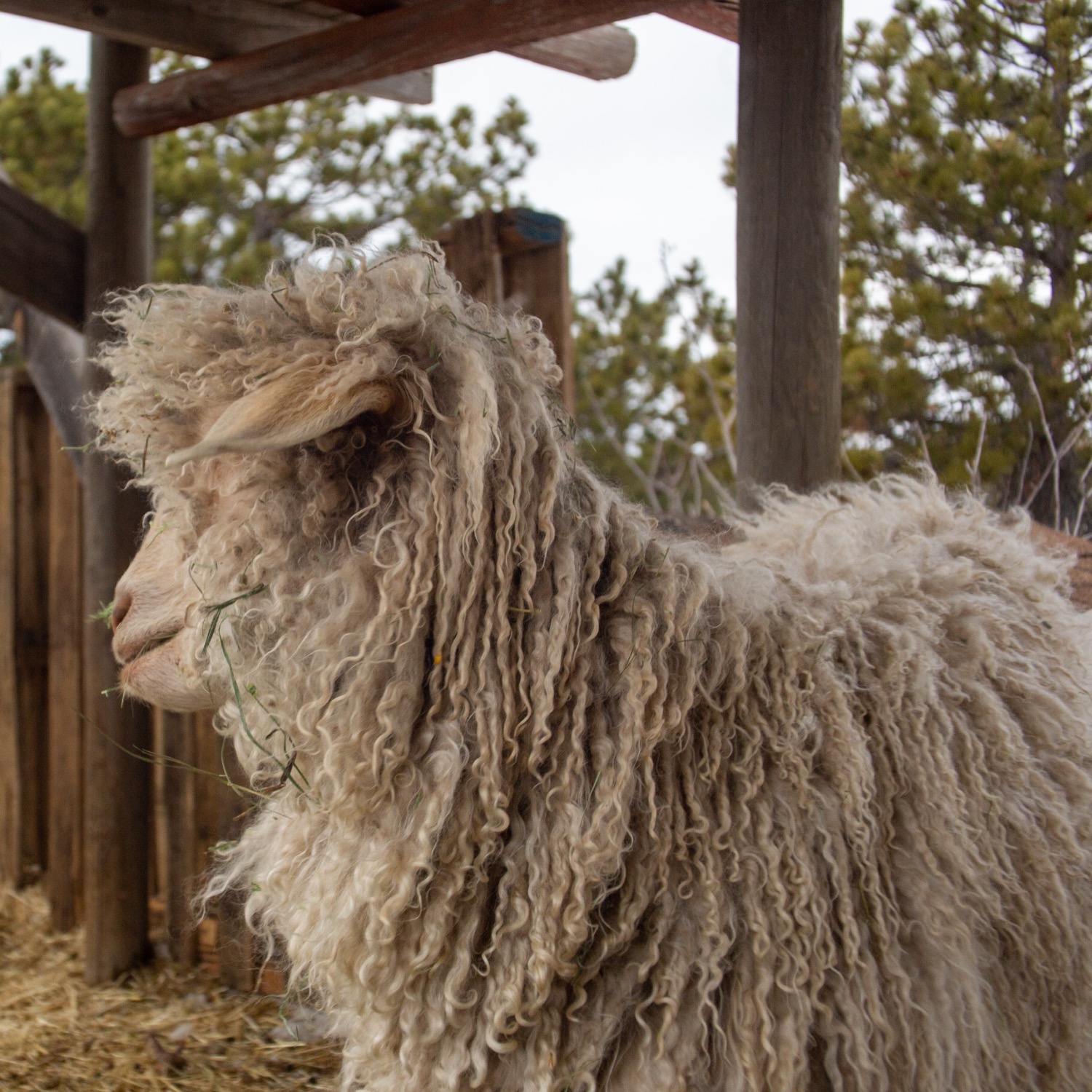
Homesteading in Suburbia pt2
- edwobbens

- Jun 17, 2024
- 3 min read
In my last post I discussed adding a garden to your suburban homestead. But what’s next? My second step at a new location is always composting; vermicomposting in particular. It provides fertilizer for your new garden and helps get rid of organic waste. Composting with worms has easily been the hardest thing for me to get good at. Worms are more vulnerable than I ever think they are. Here are some mistakes and wins that I have made with my composting adventure.
Vermicompost Dos and Donts:
DONT: put your worms in too sunny of a spot. Heat will almost immediately kill your worms if not controlled. Heat has been my biggest enemy with worms in Colorado. When finding the spot for your worms, find a cool shaded spot to put them or be prepared to give them ice at least once every single day to keep their environment cool. In my most successful bin, I had painted it white and put it under the shade of a big ole tree.
DO: keep your worms well fed. In order to be happy and healthy and reproducing, worms need a solid source of food. This can be dead plants from the garden, table scraps, coffee grounds, egg shells.
DONT: feed your worms meat or animal products. Composting animal products creates toxic bacteria and viruses that the worms are unable to break down. This created awful smells and makes the compost unsafe to use on your edible plants. I learned this one the hard way. Egg shells and herbivore poop is fair game, but full eggs and omnivore or carnivore poop is a no go. So no dog poop!
DO: keep your bin covered and moist. Worms die if they dry out and if you don’t cover your bin, you get a bunch of flies and larvae in there. But make sure there are holes for ventilation! Not to mention the worms like dark environments. When feeding them, you can wet down the compost or add soaked newspaper to keep the moisture level comfortable. Make sure that there is drainage or that you don’t overwater, because that’ll drown the poor worms.
DONT: worry about maggots and flies too much. If they get out of hand and compost more than the worms then you are probably feeding the compost too much. If the worms are still the higher population, the maggots will just be little helpers. If you really don’t like the idea of maggots in there, bury your scraps that you are feeding and cover the bin with a screen.
DO: give your worms a nice layer of bedding to start. I always use coconut coir and get it moist prior to adding my worms to any bin. They like to burrow and hide. They also like insulation to keep the bin cool and hold on to moisture.
As far as the worms themselves, I like to get red wiggles because they compost faster, but European nightcrawlers tend to be easier keepers. Or so I have heard. I most recently got my worms from a local farm called Rocky Mountain soil stewardship in Fort Collins, but previously I always got my worms from uncle Jim’s (Amazon associates link: https://amzn.to/3xpo7lx) and the number of worms completely depends on the size of your bin. I have a 17 gallon bin and I got about a thousand worms to start out for it.
Thank you for reading! Please comment or reach out with any questions!



Comments